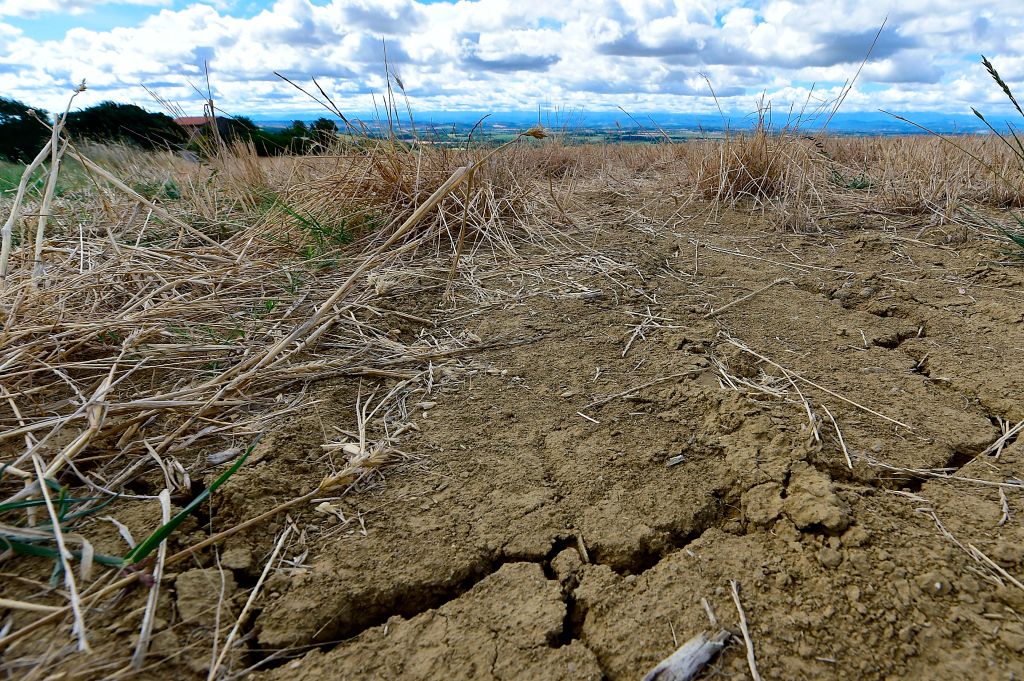
In recent decades, tens of thousands of people around the globe have died as the result of extreme heat, and yet the phenomenon of deadly heat would be easy to miss. That may not be true much longer.
A new analysis published this week by the National Bureau of Economic Research suggests that, if left unchecked, climate change could drive temperatures up to the point where they would lead to 85 deaths per 100,000 people globally per year by the end of the century. That’s more than are currently killed by all infectious diseases across the globe.
“We’re doing a lot of things around the world that are improving healthcare rapidly,” says Solomon Hsiang, a professor of public policy at the University of California, Berkeley, and one of the authors of the new paper. “Climate change would be a giant step backwards on that progress.”
The paper is formally a “working paper” and has not undergone peer review, but it quantifies a reality that researchers who study climate change have long understood. Humans already struggle to survive in extreme temperatures, and that challenge will only get worse as average global temperatures rise. Even today, many people—particularly older adults—are vulnerable. A 2015 heat wave in India and Pakistan, for example, killed more than 3,000 people.
The new research suggests temperature rise will become an increasingly significant strain on the health care system, forcing doctors to battle a surge in heat-related ailments over the coming decades.
Some places will handle those challenges better than others. Already, vulnerability to extreme heat isn’t equally distributed, with poor communities and poor countries more vulnerable to heat-related ailments than their wealthier counterparts. The new study shows how that inequality will continue with time: some of the worst-off places today could reach a death rate as high as 160 per 100,000 people. On the other extreme, countries that can afford to adapt and currently occupy cold climates—which, according to the study, are primarily northern European—are actually likely to see lower annual death rates thanks to warmer temperatures. Other wealthy countries will still face a spike in mortality, but their economic resources will help cushion the impact. “A lot of the pain for wealthy populations is going to be through their pocketbooks,” says Hsiang. “In poorer, hotter locations, people will die.”
The study has important technical and policy implications. For years, economists and policymakers have tried to determine a “social cost of carbon” that quantifies the economic value of preventing a ton of carbon dioxide emissions. The Obama administration calculated it at around $50; the Trump administration has put forth estimates suggesting it’s as low as $1.
This new study finds that the social cost of carbon is $37—for heat-related mortality alone. But that’s just the tip of the iceberg. When you consider the cost of hurricanes, floods and climate migration, as well as a slew of other challenges, the study suggests that the social cost of carbon is likely to be much higher and, therefore, the urgency to act much greater. These findings all underscore a familiar conclusion: acting now to address climate change will saves lives and dollars in the long run.
More Must-Reads From TIME
- The 100 Most Influential People of 2024
- The Revolution of Yulia Navalnaya
- 6 Compliments That Land Every Time
- What's the Deal With the Bitcoin Halving?
- If You're Dating Right Now , You're Brave: Column
- The AI That Could Heal a Divided Internet
- Fallout Is a Brilliant Model for the Future of Video Game Adaptations
- Want Weekly Recs on What to Watch, Read, and More? Sign Up for Worth Your Time
Write to Justin Worland at justin.worland@time.com